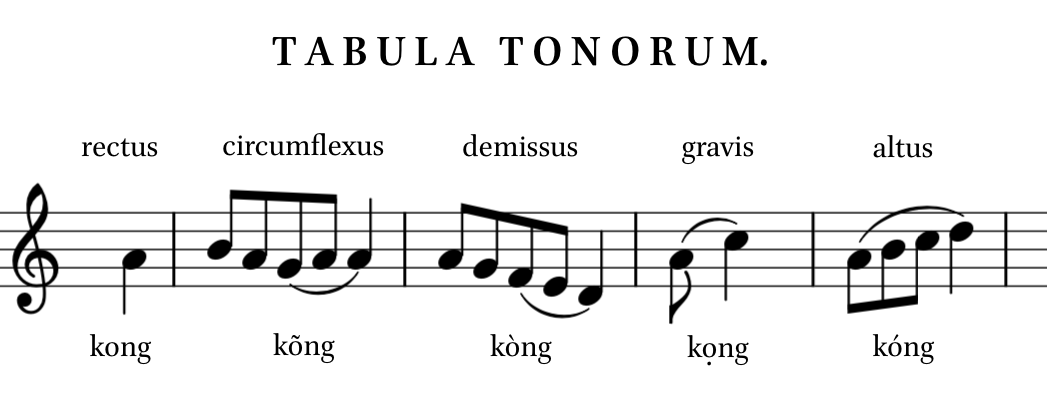Mainland Southeast Asia (MSEA), roughly comprising Laos, Vietnam, Cambodia, Thailand, Myanmar, northeast India, southern China, and peninsular Malaysia, has long been recognized as a linguistic area. In terms of linguistic diversity, it is an area with high phylogenetic diversity but very low structural diversity (Enfield 2011). With respect to phonology, structural traits often cited as common across language families include complex vowel systems, a restricted set of final consonants, contrastive tones and registers, among others (Comrie 2007; Enfield 2011; Matisoff 2001). Despite the tremendous amount of fieldwork that has been carried out, the areality of these traits is still poorly understood.
A pertinent example is sesquisyllabicity. The type of prosodic words commonly known in the literature on MSEA today as sesquisyllables have been recognized as deserving special attention at least since the 1950s.

